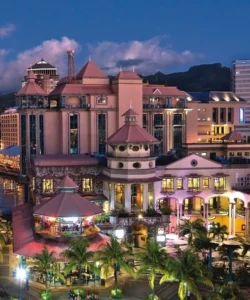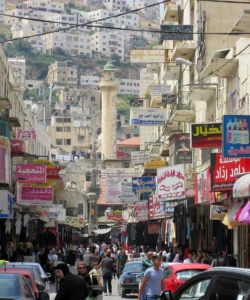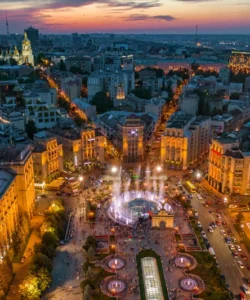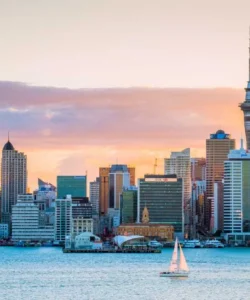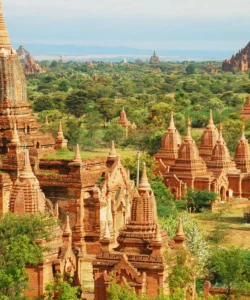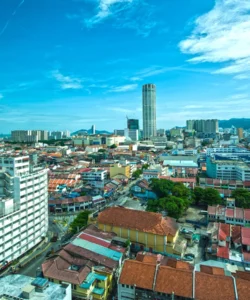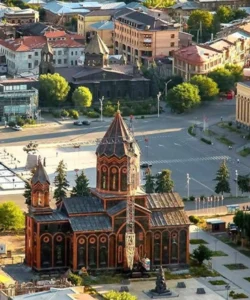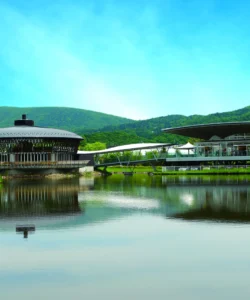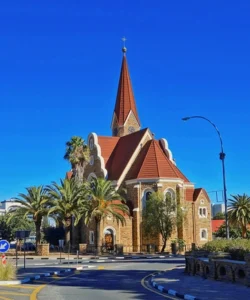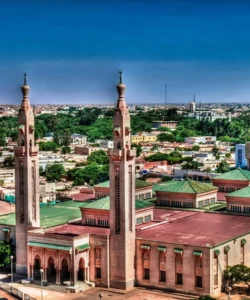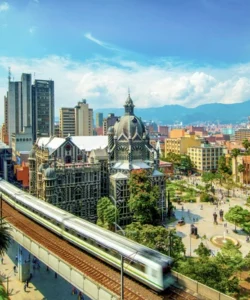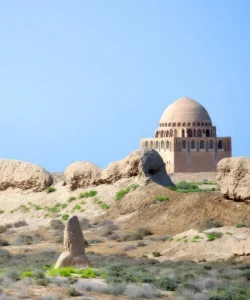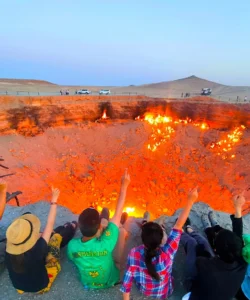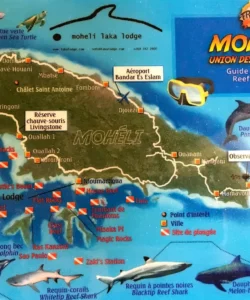Mozambique is a country in Southeastern Africa with a long coastline on the Indian Ocean. It’s known for its stunning beaches and diverse marine life, but its recent history has been marked by political conflict and economic challenges. 🇲🇿
![]()
Area: Approximately 799,380 square kilometers (308,642 square miles).
Population: The estimated population for Mozambique in 2025 is around 35.8 million.
Language: The official language is Portuguese, a legacy of its colonial past. However, numerous indigenous Bantu languages are also widely spoken, including Makhuwa, Changana, Sena, and Ndau.
Currency: The official currency is the Mozambican Metical (MZN).
Religion: Mozambique is a secular state with a diverse religious landscape. The majority of the population identifies as Christian (around 55.8%), primarily Roman Catholic. A significant portion of the population also practices Islam (around 17.5%), particularly in the northern regions. Traditional African faiths are also prevalent (around 26.1%).
Capital: Maputo (formerly Lourenço Marques) is the capital and largest city of Mozambique. It’s a bustling port city on the Indian Ocean, known for its vibrant markets, colonial-era architecture, and lively atmosphere.
Major Cities: Besides Maputo, other important cities include Beira, Nampula, Quelimane, Tete, and Nacala.
Attractions & Wonders:
Mozambique boasts an array of attractions, particularly known for its stunning coastline and marine life:
- Bazaruto Archipelago: A highly popular tourist destination, this group of islands (Bazaruto, Benguerra, Magaruque, Santa Carolina) offers pristine beaches, crystal-clear waters, and incredible opportunities for snorkeling, scuba diving, deep-sea fishing, and sailing. It’s home to a diverse marine ecosystem, including the rare dugong.
- Gorongosa National Park: A symbol of ecological recovery, this park is a remarkable wildlife sanctuary at the southern end of the Great Rift Valley. After being heavily impacted by the civil war, it has seen an impressive comeback of elephants, buffalo, lions, and various bird species, offering excellent safari experiences.
- Mozambique Island (Ilha de Moçambique): A UNESCO World Heritage site, this small island is a unique blend of African, Arab, and European influences, evident in its architecture, including cathedrals, mosques, and Hindu temples. It was a significant trading port in history.
- Tofo: A laid-back coastal town renowned for its incredible marine encounters, especially for diving and snorkeling with whale sharks and manta rays.
- Quirimbas National Park: Located in the northern part of the country, this park combines coastal areas with pristine islands, offering a mix of marine and terrestrial biodiversity.
- Inhaca Island: Located near Maputo, this island provides opportunities for various water sports and exploring its marine biology museum and lighthouse.
Architecture:
Mozambican architecture is a fascinating blend of traditional indigenous styles, Portuguese colonial influences, and more modern designs.
- Colonial Architecture: Many cities, especially Maputo and Mozambique Island, showcase beautiful examples of Portuguese colonial architecture, including grand public buildings, churches, and residential houses, often characterized by vibrant colors and intricate details. Notable examples in Maputo include the Maputo Central Railway Station (a stunning Art Nouveau building), Maputo City Hall (Neo-classical), and the Cathedral of Our Lady of the Immaculate Conception (Art Deco).
- Traditional Architecture: Rural areas often feature traditional building techniques using local materials like wood, reeds, and thatch.
- Contemporary Architecture: Modern buildings often blend traditional elements with contemporary designs, incorporating sustainable practices and reflecting the tropical climate.
Roads:
Mozambique’s road network has been improving, but challenges remain. Major national roads are generally paved, connecting key cities and regions. However, many secondary roads, especially in rural areas, can be unpaved and difficult to navigate, particularly during the rainy season.
Hotels:
Accommodation options in Mozambique range from luxury resorts, particularly in coastal and island destinations like the Bazaruto Archipelago, to mid-range hotels and guesthouses in cities and smaller towns. Budget-friendly options like hostels and local lodges are also available.
Restaurants & Cuisine:
Mozambican cuisine is a delicious fusion of African, Portuguese, Arab, and Indian influences, heavily featuring fresh seafood due to its extensive coastline. Key flavors include lemon, garlic, chili (especially peri-peri), coconut, and cashews.
Must-try dishes include:
- Piri-Piri Chicken: A signature dish, grilled chicken marinated in a spicy sauce made with African bird’s eye chilies, garlic, and lemon.
- Xima (or Shima): A staple thick porridge made from corn flour, often served as an accompaniment to stews and curries.
- Matapa: A unique Mozambican dish made with stewed cassava leaves, cooked with onions, garlic, ground peanuts, and coconut milk, often served with crab or prawns.
- Fresh Seafood: Prawns (often large and flavorful), grilled fish, crab, and calamari are abundant and prepared in various delicious ways, often with peri-peri, garlic, and lemon.
- Mucapata: A side dish made from mung beans, coconut milk, and rice, mashed together.
- Bolo Polana: A popular cashew and potato cake.
- Tropical Fruits: An abundance of fresh tropical fruits like mangoes, pineapples, papayas, and bananas are widely available.

